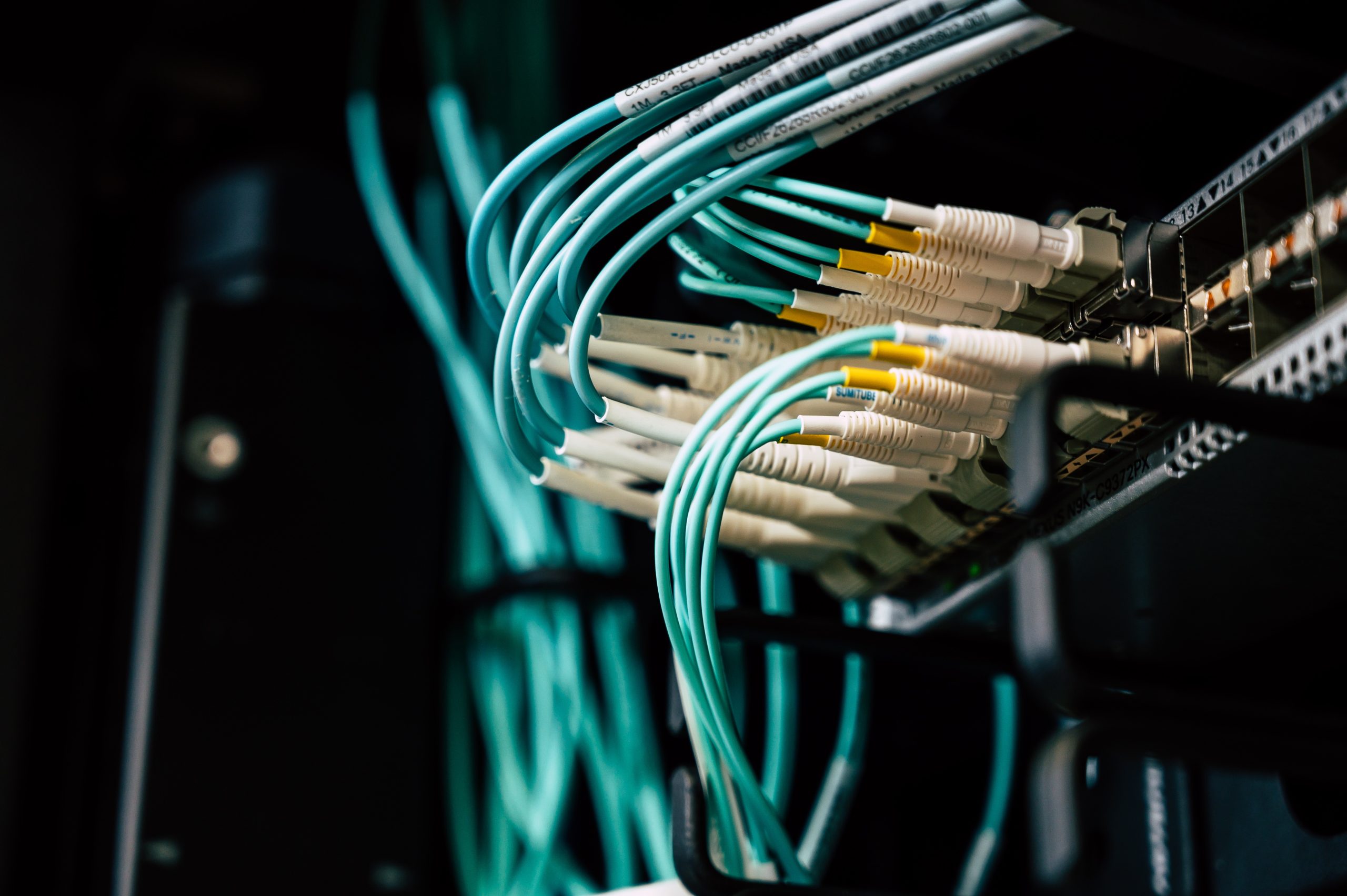Over the course of the last decade, we’ve been able to see the progress that has been made in the IT sector, which includes the introduction of several innovations such as the cloud, AI, IoT, and 5G, among many others. The cloud’s benefits over on-premises infrastructure have made it an integral part of the current digital transformation trends.
Along with the cloud, another kind of computing known as edge computing is becoming more popular nowadays. Edge computing places some portion of computing power and data storage closer to the source of the data, or “at the edge.”
Why Should You Care About Edge Computing?
Today, businesses can process their data at the edge of the network rather than in the cloud, the data warehouse, or the data center. However, edge computing is still in its early stages and is not yet prepared for widespread adoption or to achieve the same level of pervasiveness as cloud computing.
The potential of edge computing is, however, already apparent in its delivery across many industrial applications, including agriculture, healthcare, autonomous cars, and smart energy grids. It makes it feasible to have low latency as a result of quicker reaction times and the possibility of taking rapid action on events that are happening in real-time.
However, edge computing still faces some security challenges due to its newness. Such as risks associated with data backup, storage, security, passwords and authentication, IoT security risks, and so on. In order to foresee, avoid, mitigate, and eliminate these edge computing security risks, companies must employ robust security strategies and technologies.
What’s Pushing Edge Computing Forward
In the years to come, there will be an even greater expansion of the already substantial number of connected devices that make up the Internet of Things. Real-time information is essential for mission-critical applications in IoT settings. In this case, the edge of the network is where the computational infrastructure (real or virtual) is leveraged.
Reduced data transmission to and from the cloud or data center means less network overhead for accessing data from IoT devices. The Internet of Things and edge computing are potent tools for analyzing data in real-time to make more informed business decisions.
There are vulnerabilities in data security during its transport between the cloud and devices. With edge computing, this risk is significantly reduced. Because of its enhanced compliance and security capabilities, this technology is rapidly becoming the standard choice for IT departments. The use of modern devices without abandoning older systems is another way in which edge computing aids in bridging the modernization gap for businesses.
Edge Computing Offers Several Advantages to Businesses
Data processing in the network’s periphery is on the rise due to the proliferation of Internet of Things devices and other connected endpoint gadgets. In addition, there are several positive outcomes for businesses that use edge computing, such as:
Lightning-Fast Speeds
Since data doesn’t have to make a round trip to the data center or cloud and back, the whole process is substantially quicker. Faster data transfer and lower latency guarantee the smooth operation of endpoint devices, which are particularly important in mission-critical settings like hospitals and self-driving cars.
Robust Security
Data is stored and secured on-site, which is the standard and regarded as the most reliable method. This places an emphasis on data security. Because edge computing assists businesses in addressing their security problems, there is an improvement in the level of data privacy achieved.
Cost-Efficiency and Personalization
With the surge in data volume comes a rise in the price of transferring and connecting that data. By eliminating the need for the data to make a round trip, edge computing reduces these expenses. Since processing occurs near the source, marketing departments can use automation to speedily address consumer concerns.
As AR/VR technology advances, businesses will be able to provide a hyper-personalized experience based on factors such as a customer’s location and their interaction history in real-time.
Availability and Scalability
Edge computing is more reliable since it does not rely on traditional communication routes like satellite links, which might go down at inconvenient times. Instead of relying on more processing capabilities in a centralized data center, businesses can keep expanding their usage by adding edge devices.

Final Thoughts
As edge computing is recognized as a technological breakthrough that can be used across industrial verticals, the market is expected to increase from $15.96 billion in 2023 to $139.58 billion by 2030. Additionally, modern digital-first companies increasingly seek opportunities for innovation outside of the traditional data center.
Edge computing is a business strategy where companies leverage data collected at the network’s periphery to set themselves apart from competitors. As a result of its potential to build upon previous modernization initiatives and propel the industry forward, it’s also seen as the next great frontier in information technology.
